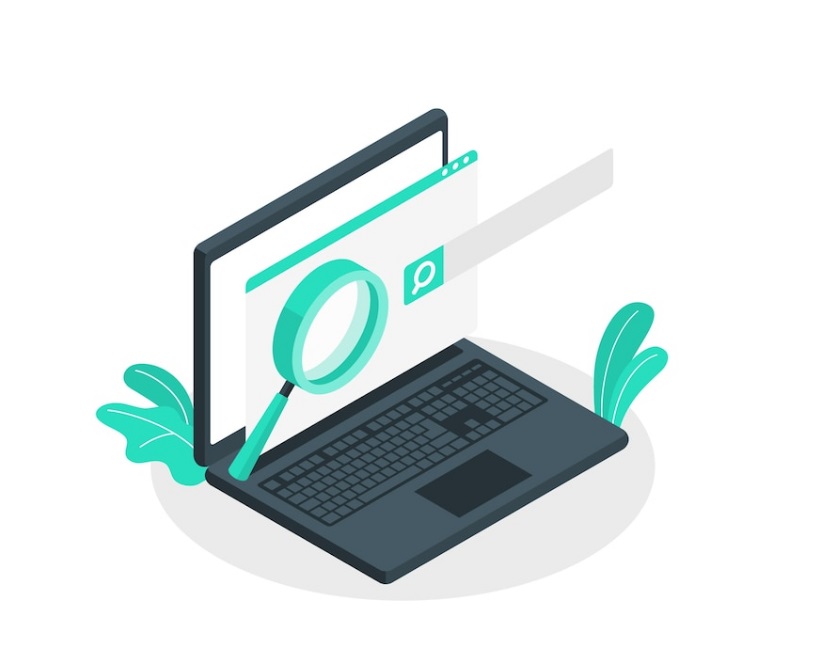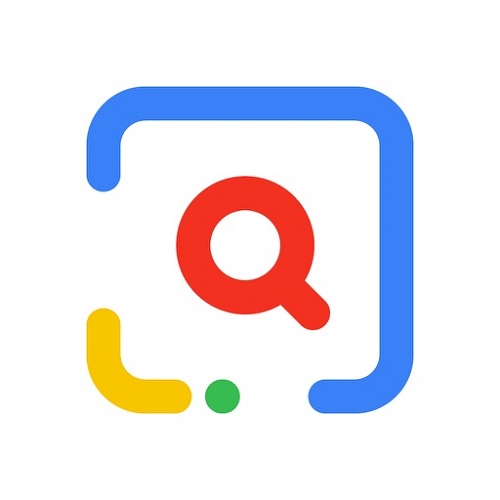Have you ever counted how many pictures you see in a day? As society’s ways of communication are incorporating more and more visual stimulations, there is a growing necessity for tools that can track down an image origin to verify if it would be legal to use it in a marketing campaign, a corporate media or a press reléase.
Being able to locate an image’s data is becoming a crucial talent in the modern era, and people from different professions are constantly realizing the power and usefulness of APIs and Proxies that provide an easy way to do it.
Luckly, nowadays there are plenty of tools to scan and identify photographs based on size, shape, color and any other distinctive qualities and attributes. The majority of these image search programs employ a variety of algorithms and some even include facial recognition technology, which is useful for looking up specific people in pictures or images.

By simply uploading an image in the search bar, or copy and paste the image URL, The search engine will then look into the web and database to find the place where that particular image was uploaded, as well as the original sources and other relevant information.
Most of these applications even allow you to use reverse image search on a mobile device or a desktop computer, while others are more user-friendly on certain platforms.
Here we present to you three of the most common used APIs that can help you in your quest to find that image source you are looking for.
The first one on our list is Reverse Image Search API, a very complete and easy to use toll that was design specially to assist users in authenticating images and locating their online sources. Additionally, it can be used to confirm the legitimacy of a profile photo or the owner of an image.
It Works as simply as providing the URL of the image you want to search for, the API will return a list of URLs where the image was used and named.
Reverse image search API can then inform you where and when an image is being used, regardless of whether you operate a website, print brochures, or issue press releases. It can also be used to verify the veracity of a profile photo, a very useful way to identify scams.
Reverse Image Search API offers several subscriptions, depending on how many searches a user can make each month. While smaller firms could be comfortable with 100 requests each month, larger businesses might wish to increase to 1.000 or even 30.000.
Microsoft first unveiled the Bing Visual Search tool in March 2014. It was initially employed as a reverse picture search engine. Another very straightforward and user-friendly image search tool that works with any browser is Bing Visual Search.
With the help of this tool, marketers may reverse-image-search specific photos to find out where they can be found online. This is a useful tool for checking whether any of your competitors are utilizing the same or related photographs.
There is also a mobile app available that Bing itself released in 2016. However, it is only compatible with Apple devices.
Another excellent reverse image search tool is Picsearch. Users have access to more than three billion images using this “innovative image search tool,” according to its description. Picsearch offers customers a variety of results, despite having a similar appearance to the other reverse image research tools we’ve mentioned in this post.
The best users of Picsearch are marketers looking for intriguing photos or images that are connected to particular keywords. Additionally, users may filter photographs by size using the “Advanced Search” option, which can assist marketers in finding the ideal image for their website or social media header.




